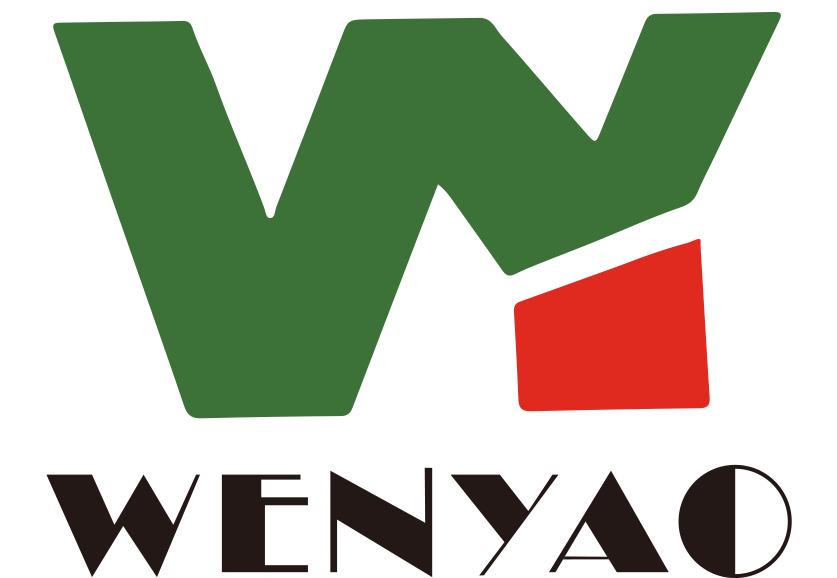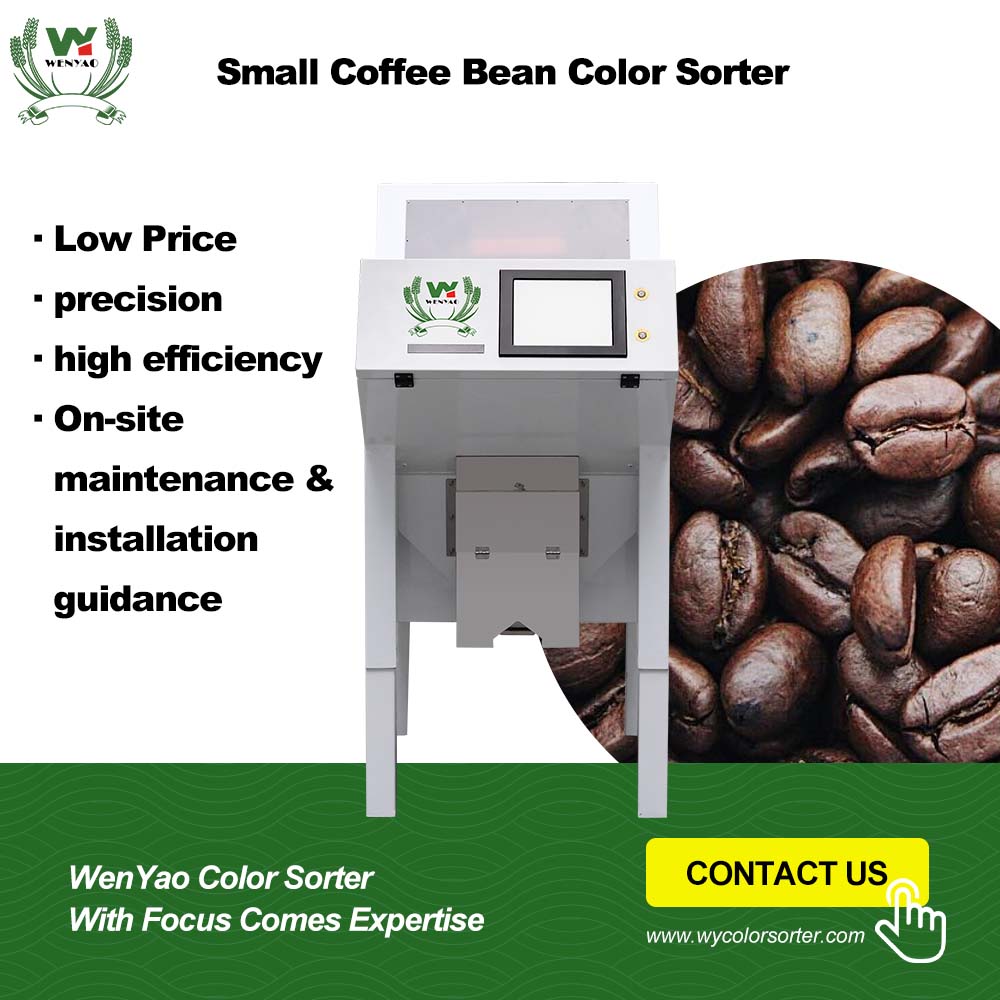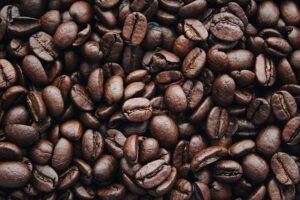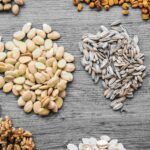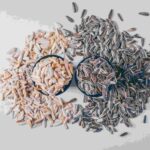Table of Contents
TogglePain Point Scenario
A Vietnamese coffee exporter suffered a devastating $120,000 loss in 2023 due to pebble contamination in their raw beans. Meanwhile, a Canadian recycling facility achieved an impressive 99.2% purity in PET flakes with AI-powered color sorters. The difference? Strategic machine selection.
The right color sorter can revolutionize your operation, enhancing product quality while reducing labor costs and waste. However, a wrong decision can result in costly mistakes, rejected shipments, and reputation damage. With investments of over ten thousand dollars, selecting the optimal machine needs careful evaluation of several critical factors.
Sensor Technology
Sensor Showdown:
- CCD sensors: 12-bit depth captures 68 billion colors (ideal for tea/food)
- CMOS sensors: 800fps (best for mining/plastics)
The sensor is one of the most crucial components for color sorters.
CCD (Charge-Coupled Device) sensors offer superior color sensitivity, making them perfect for applications requiring the detection of subtle color variations, such as sorting tea leaves, nuts, or processed foods. They can distinguish between 68 billion color shades, allowing for the detection of minor discolorations that might indicate spoilage or contamination.
CMOS (Complementary Metal-Oxide-Semiconductor) sensors excel in high-speed applications, capturing up to 800 frames per second. They are ideal for mining operations and plastic recycling facilities.
Pro Tip: Multi-spectral analysis detects invisible defects – a rice mill in Thailand reduced moldy grains by 83% using 950nm NIR (Near-Infrared) technology. Consider machines with multiple spectral capabilities if your product is susceptible to internal defects invisible to the human eye.
Software Intelligence & Adaptability
Modern AI-powered color sorters can learn from their operations, continuously improving their accuracy while adapting to variations in raw materials.
Advanced algorithms can identify defects based on color and shape, significantly enhancing detection capabilities.
When evaluating software capabilities, consider:
- Self-learning capabilities for seasonal variations
- Remote monitoring and control options
- Data analytics for production optimization
- Ease of creating and adjusting sorting profiles
Mechanical Design & Durability
The physical construction of the sorter directly impacts its longevity and maintenance requirements. In harsh environments like recycling plants or mining operations, robust construction with anti-impact ejectors can mean the difference between continuous operation and frequent downtime.
Key mechanical considerations include:
- Chute design: More chutes typically mean higher capacity but require more space
- Ejector systems: Air consumption efficiency varies widely between manufacturers
- Environmental protection: IP65 or higher ratings for dusty environments
- Maintenance accessibility: Quick-release mechanisms for cleaning and maintenance
Industry Guidelines
| Industry | Throughput | Key Feature | ROI Case |
|---|---|---|---|
| Agriculture | 5-8 T/H | Moisture-resistant lens | Payback in 6 months |
| Recycling | 3-5 T/H | Anti-impact ejectors | Payback in 9 months |
Agricultural applications require considerations of dusty conditions and varying moisture levels in products. Moisture-resistant optical systems prevent condensation on lenses, which could otherwise affect detection accuracy.
Recycling facilities process materials with considerable variation in size and shape. Anti-impact ejectors with reinforced valves ensure reliable operation even when handling dense materials like glass or metals.
ROI Calculation
The return on investment might be the most convincing factor in any purchase decision. Color sorters represent significant capital expenditure, but their impact on quality and efficiency typically delivers rapid returns.
Cost Calculator
ROI = (Daily Output × Price/kg × Accuracy Improvement) / Machine Cost
For example, a coffee processor handling 20 tons per day at $4/kg could see $54,000/day in profit with even marginal improvements in sorting accuracy. At that rate, even premium sorting equipment pays for itself within months.
ROI = 20 T/day coffee beans × 4/kg×54/kg×54,000/day profit
Beyond direct product quality improvements, consider secondary benefits:
- Reduced labor costs (manual sorting typically requires 8-12 workers per shift)
- Lower quality control expenses
- Increased production capacity
- Premium market access through higher product purity
Conclusion
The right color sorter does more than material separation – it transforms your entire production process. By carefully evaluating sensor technology, software capabilities, mechanical design, industry-specific features, and ROI projections, you can select a machine that delivers optimal results for your specific application.
Assessing the above factors leads to better outcomes, faster returns, and competitive advantages in quality-focused markets, whether you are processing agricultural products, recycling materials, or sorting industrial components.
Keywords:
industrial color sorter, sorting accuracy, multi-spectral analysis, ROI calculator
